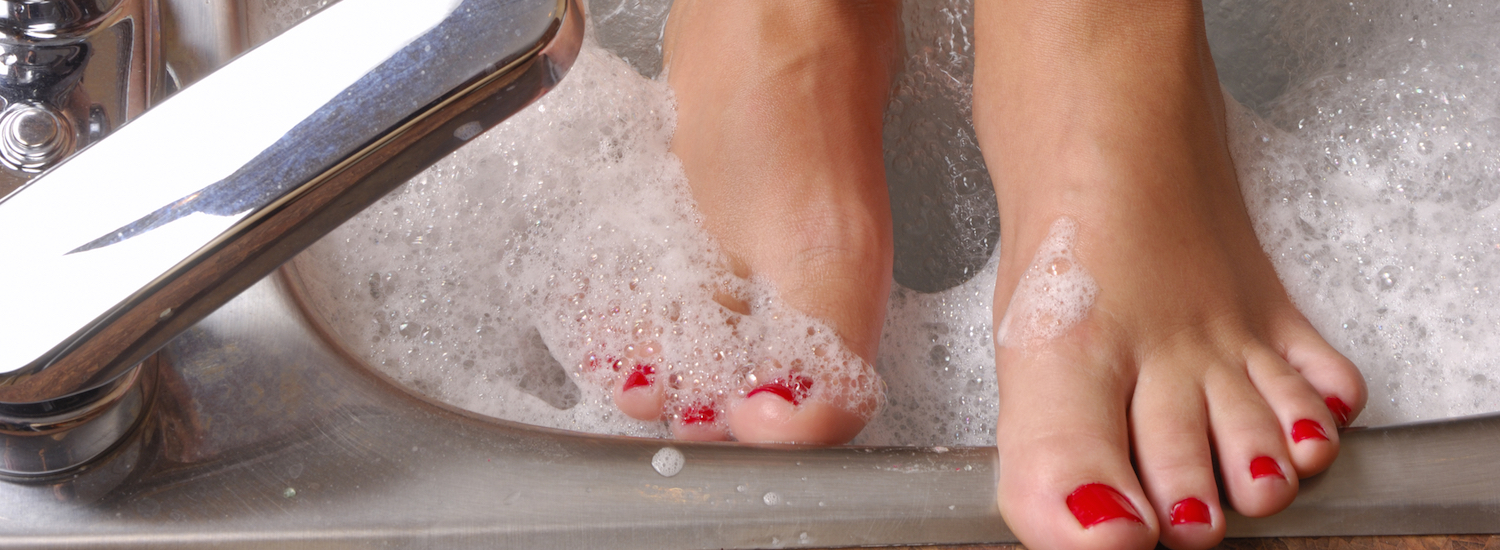Did you know that ballerinas are prone to strains, sprains, blisters, and broken toes as a result of their profession? The high demand for performances means that practices need to be intensive. Dancers usually spend about six hours rehearsing each day and have just two days to recover before the next performance.
In order to maintain peak performance throughout the grueling performance schedule, it’s necessary for ballerinas to practice proper techniques while keeping an eye out for any red flags in their feet and bodies. The following is everything you need to know about preventing damaged ballerina feet so you can continue dancing with confidence.
How To Prevent Damaged Ballerina Feet: A Step-by-Step Guide
The pointe shoe is an instrument of torture as well as a tool for expression. But when it comes to the latter, ballerinas are willing to suffer through the former. That’s because pointe work offers an unrivaled opportunity to express both the lightness of being and the darkness lurking beneath.
We all know how painful those first few months on point can be. And those blisters, calluses, and cracked toes are just some of the unfortunate side effects of developing your technique… But keep reading if you want to learn how to prevent damaged ballerina feet instead of just cope with them! As with any activity that exposes your body to unnatural stressors, there are some precautions you should take in order to mitigate risks and protect your health as much as possible.
Know the risks
We all know that pointe work can be rough on the feet, but just how rough? We can look at rates of injury to get an idea. According to one study, 17% of dancers suffer an injury to their feet during the course of a season. Of those, 60% are directly attributable to pointe work, and about half of those are ballerinas on pointe.
Another study found that dancers who’ve never had a foot injury are about three times more likely to experience one during their first year on pointe than during their previous years of training without pointe. That same study reported that dancers who have sustained a foot injury are up to five times more likely to experience another while on pointe than they are while training without it.
Get the right shoes
Even if you’re the last person in the world who’s not a fan of online shopping, there’s no excuse not to buy your pointe shoes online. The reason you should shop online is because it’s the only way to be absolutely certain you’re getting the right shoe. And the right shoe is the one that fits your foot, not your dance company’s budget. There’s a reason why every single online retailer offers a “custom” option for pointe shoes. That’s because their stock shoes are manufactured for the “average” dancer. It’s up to you to find the shoes that fit your foot and have the ideal shape, shank, sole, etc.
Watch your feet

We’re not suggesting you stare at your feet from dawn till dusk. But you should pay attention to how your feet feel and act. If you get a strange pain in your foot, for example, it could be a warning that your shoe is too short or your toes are bunched together too much. Beyond pain, you should watch for any discoloration (or unusual brightness). Healthy feet should be somewhere in the middle of the spectrum between yellow and blue.
Stretch and strengthen
Having the strength to execute your technique and avoid injury while you’re on pointe is essential. If you’re not in shape, you’re putting yourself at higher risk of injury and prolonging recovery time if you do get injured. And you will definitely get injured if you don’t warm up thoroughly before going on pointe.
You might even wind up with an acute injury that keeps you off pointe for a few weeks. If you have an underlying foot condition, you can make it worse by going on pointe when you’re not ready. You’ll probably be more careful about your technique, but you can’t get away with skating by on luck. Going on pointe when you’re not ready for it is a guarantee that you’ll end up with more foot problems.
Don’t forget the rest of your body
Your feet are not the only part of you that suffers when you go on pointe. Your knees and hips, for example, may be overcompensating for your feet and putting themselves at risk of injury. You can try to mitigate the effects of your technique on your body by using support and strengthening equipment. For example, there are dance wedges that you can use to improve your turnout and protect your knees. You can also try to distribute the pressure of going on pointe more evenly by wearing dance gloves.
Conclusion
The pointe shoe is an instrument of torture as well as a tool for expression. But when it comes to the latter, ballerinas are willing to suffer through the former. That’s because pointe work offers an unrivaled opportunity to express both the lightness of being and the darkness lurking beneath.
We all know how painful those first few months on point can be. And those blisters, calluses, and cracked toes are just some of the unfortunate side effects of developing your technique. But you can avoid most of the damage by taking proper precautions. By knowing the risks, getting the right shoes, watching your feet, stretching and strengthening, and not forgetting the rest of your body, you can protect your feet and finish the season injury-free.